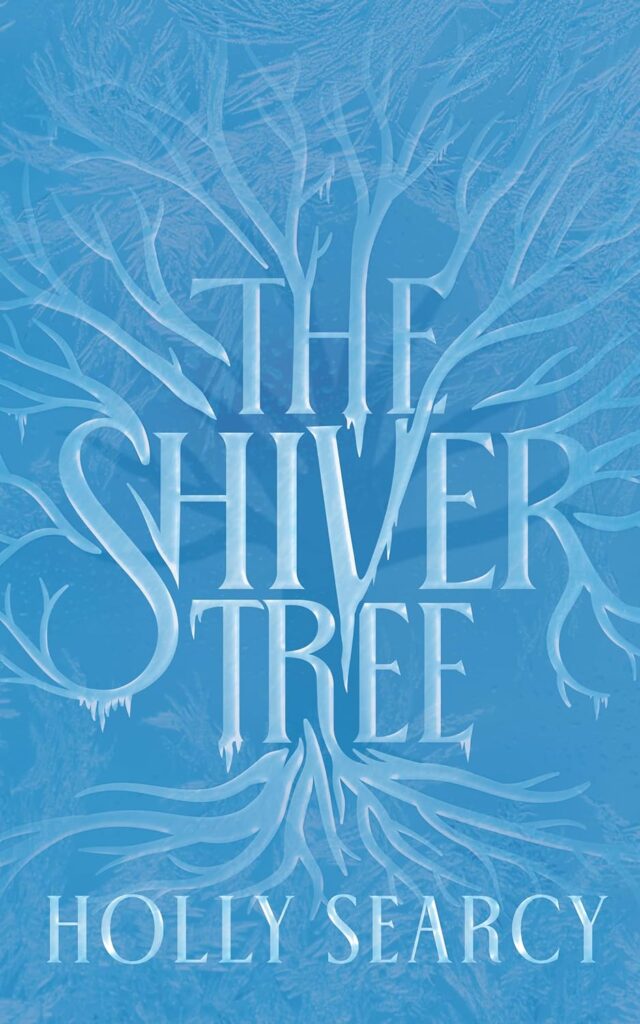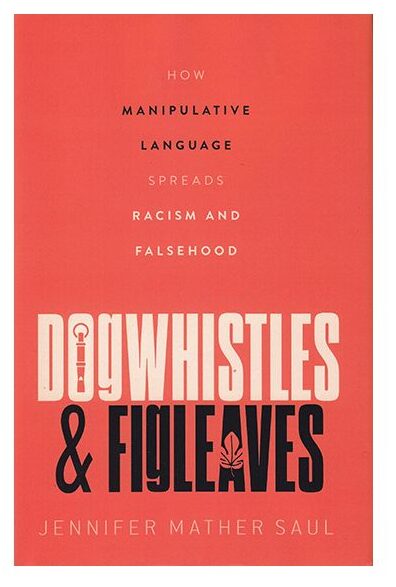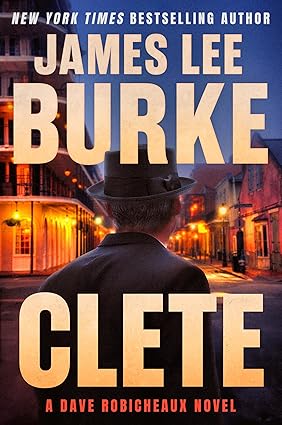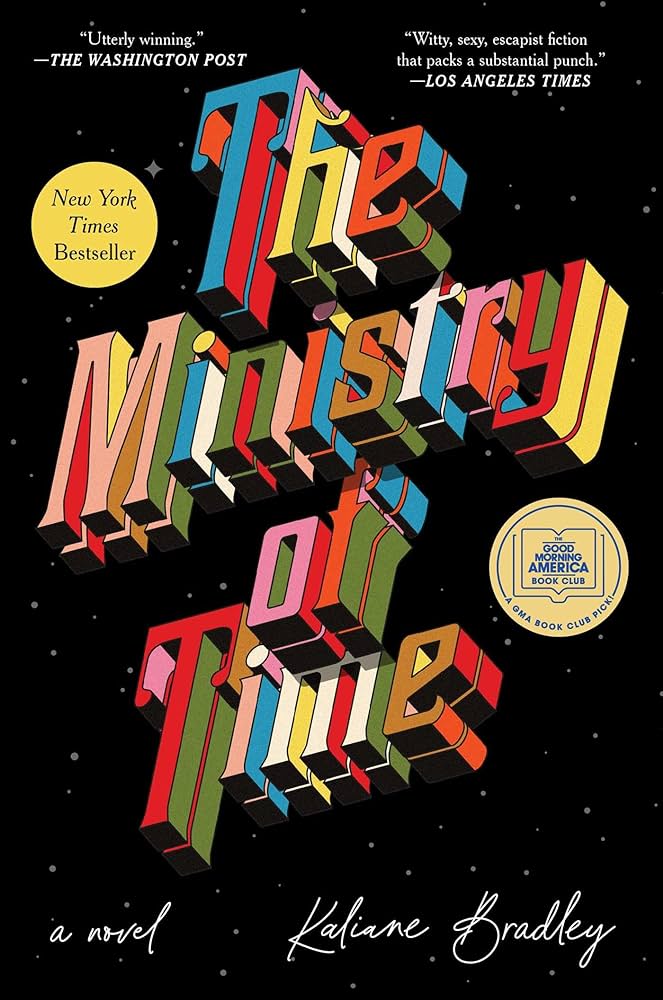
Holly Searcy is a writer, editor, and self-avowed wordinista. A graduate of Southern Oregon University, she has worked in both the publishing industry and advertising industry and now pursues her passion for stories.
She lives in Ashland, with her husband Ben, two wonderful black cats and a devilish orange tabby.
Her debut novel, The Shiver Tree, published by Blackstone Publishing, and is available November 12, 2024.
Ed Battistella: Congratulations on The Shiver Tree, which I really enjoyed. Tell us a bit about the book.
Holly Searcy: Thank you! I’d been trying to write a novel for almost a decade before I realized this was the story I wanted to tell, so I’m thrilled I get to share it with a wider audience. The book actually came about while enjoying a bit of lockdown with the rest of the world in 2020. I’d been playing in a Dungeons & Dragons homebrew campaign with my husband, my brother, and a few of our closest friends for five years, and one day I started thinking about a piece of backstory for my character, an elf druid, that I discovered had potential connections to a quest we had done in the game. I had never properly written a backstory for my character, so I decided to just start writing using that quest as inspiration, and the adventure simply tumbled out of me. Thus, The Shiver Tree was born.
EB: How long has the story been percolating in your head and at your desk?
HS: Really the story had been building in my mind for five years while playing D&D, which is essentially a collaborative storytelling game, but I’d only been thinking on the specific idea for a couple weeks before I started writing. I completed the novel in about a year, and then came the many rounds of edits, beta reads, more edits, etc. Then I found a publishing home with Blackstone, and my amazing editor had me diving back in and actually creating new lore, so the whole journey ended up being about three years.
EB: How would you describe the culture of your fictional land of Amarra?
 HS: Depends on where you go! The continent is large and filled with a number of peoples, from elves to humans to gnomes. Most of the main characters in the story are elves, who tend to have a more traditional culture of close family ties and a collectivist mindset, while humans are, well, more chaotic and self-centered. Though there is a general peace among races on the surface, threads of disquiet have been building for a long time and are now starting to have ripple effects.
HS: Depends on where you go! The continent is large and filled with a number of peoples, from elves to humans to gnomes. Most of the main characters in the story are elves, who tend to have a more traditional culture of close family ties and a collectivist mindset, while humans are, well, more chaotic and self-centered. Though there is a general peace among races on the surface, threads of disquiet have been building for a long time and are now starting to have ripple effects.
EB: Who are some of your influences as a writer and as a world-builder?
HS: Terry Brooks is phenomenal at creating magical worlds that you want to dive deeper into, so while I in no way claim to have his gift for world-building, he’s certainly an influence and inspiration. I also love infusing humor into characters and situations, and Jim Butcher has been a great influence in that aspect of my writing.
EB: What was the most challenging aspect of writing The Shiver Tree?
HS: Self-doubt was an issue, for sure, but also overcoming the problem of being so familiar with the world and characters that I had a hard time stepping back and figuring out how much information the reader needed at any given time. I wanted to avoid lore dumps that would overwhelm readers, but I also didn’t want to have them wondering what was going on for too long. I tended to get conflicting feedback from beta readers in that regard, so navigating that terrain became difficult.
EB: What was the most fun?
HS: The characters. I loved sitting down to write with an idea in my mind for the day and then watching my characters take a left turn and do something entirely different for the next thirty pages. I only had a few concrete plot points in my mind that I needed to hit, and I let the characters guide me in getting there.
EB: You hint at the end that there will be more stories of Amarra and the high druid Kiana Paletine? What’s next? Will we see more of her sister Ravaini?
HS: As a matter of fact, I’ve already finished the first draft of book two—and Ravaini is along for the adventure this time, as are a handful of new quirky friends. Book three is also in the works. They have more Trees to find!
EB: Thanks for talking with us. Where can people get The Shiver Tree?
HS: The Shiver Tree is available for pre-order from Blackstone Publishing, Amazon, and Barnes & Noble. On November 12 it will be hitting physical bookshelves at Barnes & Noble, Bestow in Ashland, and a few other locations that are TBD.

 Follow
Follow

 I’m a big James Lee Burke fan—he’s one of the few writers that I buy in hardcover and this book, the 24th in the Dave Robicheaux-New Iberia series cemented his spot at the top of my list. The focus is not on Robicheaux, but on his former partner, Clete Purcel, who usually plays the id to Robicheaux’s superego.
I’m a big James Lee Burke fan—he’s one of the few writers that I buy in hardcover and this book, the 24th in the Dave Robicheaux-New Iberia series cemented his spot at the top of my list. The focus is not on Robicheaux, but on his former partner, Clete Purcel, who usually plays the id to Robicheaux’s superego. The Ministry of Time: A Novel by Kaliane Bradley
The Ministry of Time: A Novel by Kaliane Bradley
 MR & JY: We have a fondness for the naturalist-turned-guide Kerry, who is a firsthand witness to the suffering and possible extinction of the Tasmanian devil. She feels powerless to stop it, no matter how hard she works—and then, when she takes a “break” to lead hikers on this trip, things go terribly awry. So you can’t help but sympathize with her. But then, despite her history and this disastrous camping trip, she discovers the depth of her own strength along the way, and by the end of the journey, things are really looking up for her.
MR & JY: We have a fondness for the naturalist-turned-guide Kerry, who is a firsthand witness to the suffering and possible extinction of the Tasmanian devil. She feels powerless to stop it, no matter how hard she works—and then, when she takes a “break” to lead hikers on this trip, things go terribly awry. So you can’t help but sympathize with her. But then, despite her history and this disastrous camping trip, she discovers the depth of her own strength along the way, and by the end of the journey, things are really looking up for her.